Consumer Reports' Long-Term Tesla Develops Reliability Blemishes
Though the Tesla Model S is one of Consumer Reports’ recommended darlings, the premium EV garnered its share of reliability blemishes during long-term testing.
Consumer Reports’ Gabe Shenhar says that over the 15,743 miles he and his colleagues have spent driving the Model S, a number of problems have popped up, including:
- Automatic retracting door handles “relucant to emerge from the coachwork”
- A broken seat buckle in the third row seating section
- Front trunk lid failing to release via touchscreen
- Said screen going blank, blocking all access to the car’s functions
Shenhar noted every one of these problems were quickly remedied by the service center in Milford, Conn. or over-the-air from the mothership in California.
He concludes that the sedan’s reliability ranking may fall a bit when the publication’s related survey is examined in September, but only if other Model S owners have had similar problems occur with enough severity and frequency to merit a downgrade.
Seattle-based writer, blogger, and photographer for many a publication. Born in Louisville. Raised in Kansas. Where I lay my head is home.
More by Cameron Aubernon





















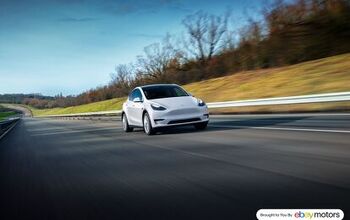
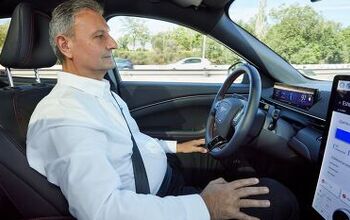


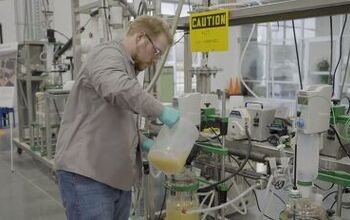
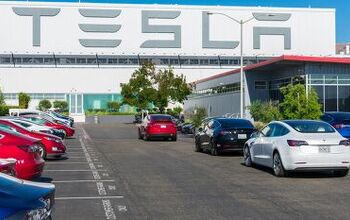


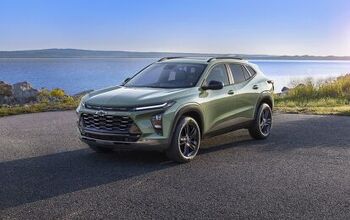
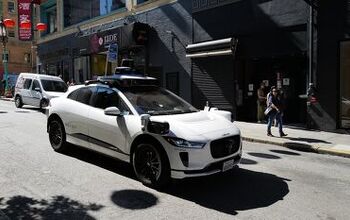
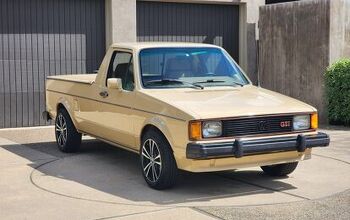


Comments
Join the conversation
15,000 miles is 'long term'? Even my motorcycle needed longer than that to break in.
Let's not forget that CR's life and blood is reliability. This reflects the worldview of their Camry-owning readership, but it's not a huge deal for everybody. I expect my fridge to operate reliably, quietly and economically for at least 20 years, but I like a bit more spice on my cars. So what if there's an occasional glitch that's immediately fixed?
I don't ask or expect Tesla's Model S be perfect and continue being perfect for years to come. What I do expect is that Tesla will always be right on top of these issues and fix them in a timely and as painless a fashion as possible, which as far as I know, is exactly what is happening. Tesla seems to understand that a car with so many new technologies isn't going to be flawless, but those flaws can be largely mitigated by quick, personal, pleasant, competent customer service...not to mention by being early adopters the earliest of Model S owners are also essentially beta testers for Tesla's future products, meaning those flaws will likely be fixed in future product.
Minor but expensive for Tesla to repair. The major problem not solved is the requirement for higher battery energy density. No solution.